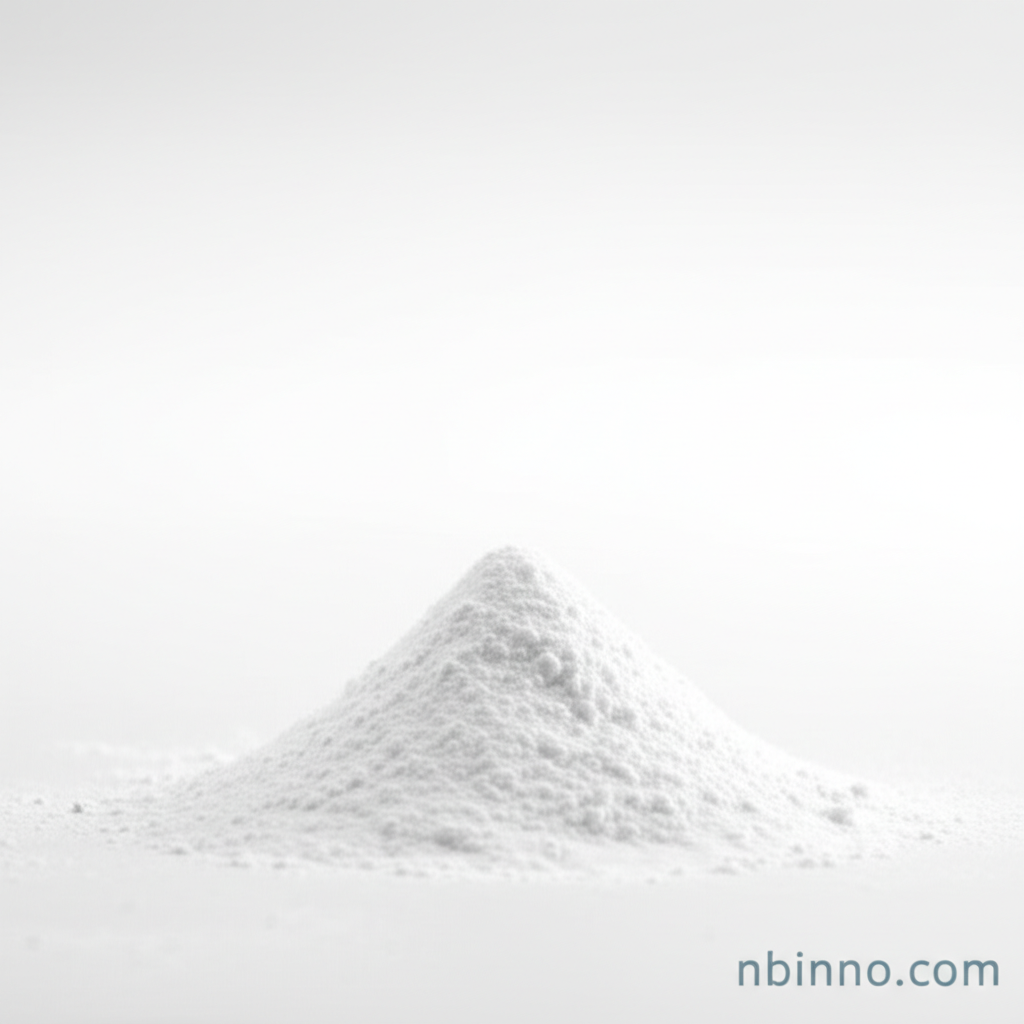N-(2-Aminoethyl)methacrylamide Hydrochloride: A Versatile Monomer for Advanced Material Synthesis
Unlock advanced material properties with this reactive monomer, ideal for diverse high-performance applications.
Get a Quote & SampleProduct Core Value

N-(2-Aminoethyl)methacrylamide Hydrochloride
N-(2-Aminoethyl)methacrylamide Hydrochloride (AEMA HCl) stands out as a critical reactive monomer, distinguished by its primary amine functional group and a methacrylate backbone. This unique combination facilitates its polymerization, leading to the creation of functional polymers with highly tailored properties for advanced applications.
- Explore the synthesis of functional polymers with AEMA HCl to create materials with specific chemical and physical attributes.
- Discover the utility of hydrogel crosslinking with N-(2-Aminoethyl)methacrylamide Hydrochloride for applications in drug delivery and tissue engineering.
- Utilize AEMA HCl for bioconjugation, enabling covalent coupling of biomolecules to surfaces for biosensors and coatings.
- Leverage this versatile monomer in advanced material synthesis, benefiting from its reactive nature for creating novel materials.
Advantages Offered by the Product
Enhanced Material Functionality
The primary amine group in N-(2-Aminoethyl)methacrylamide Hydrochloride allows for facile post-polymerization modifications, including covalent coupling and crosslinking, thereby enhancing the functionality of the resulting polymers.
Versatile Polymer Synthesis
As a reactive monomer, AEMA HCl is crucial for the synthesis of functional polymers, enabling the design of materials with precisely controlled properties for a wide array of scientific and industrial uses.
Broad Application Spectrum
This compound finds extensive use in various fields, from biomedical applications like hydrogels for drug delivery to specialty coatings and energy storage solutions, demonstrating its significant versatility.
Key Applications
Biomedical Materials
AEMA HCl is instrumental in creating hydrogels for drug delivery and tissue engineering, offering tunable release profiles and improved biocompatibility.
Functional Polymers
It serves as a key component in the synthesis of functional polymers, used in biosensors, coatings, and for modifying material surfaces.
Coatings and Adhesives
The amine reactivity of AEMA HCl contributes to the development of high-performance adhesives and specialty coatings with enhanced adhesion and crosslinking.
Energy Storage
Applications include polymer electrolytes for ion-exchange membranes, utilized in energy storage and sensor technologies.
